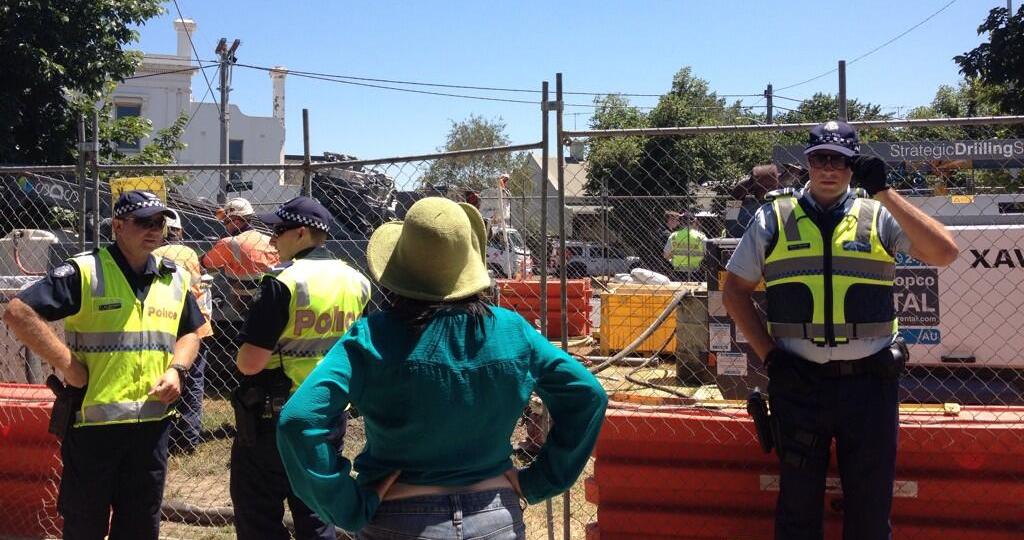Street Medic’s are constantly adding supplies to their first-aid kits. In fact, over time we can accrue so much equipment, accessories, back-up supplies, rare & exotic devices and unnecessary medical baggage that our packs become a manual handling risk in themselves!
So, to go against the current of all those other blog posts indulging us to stuff our first-aid kits with all manner of sexy equipment, I have decided to write one about removing stuff from that over-sized, pregnant kit of yours!
1: LATEX SUCKS: About 1% of the population experiences hypersensitivity to latex. 1% might not sound much, but in Australia that equates to roughly 240,000 people with a latex allergy. Reactions to latex can range from minor skin irritation to hay-fever like symptoms … to full blown anaphylactic shock potentially resulting in death!
Street Medics always obtain consent before assisting a casualty, but in the heat of a direct action it is generally not possible to gain a full & concise medical history. Therefore it becomes us to limit the probability of exposing our comrades to potential harm … thus it is best practice when packing a first-aid kit to assume everyone has a Latex Allergy.
Only use vinyl or Nitrile gloves and check all your bandages, band-aids and plasters for a Latex-Free stamp. If in doubt about a piece of kit … ditch it.
2: STAINY BETADINE: Betadine and other iodine-containing topical treatments can be very irritating to the skin, and in some cases can cause tissue damage – in particular to people with a shellfish allergy. Another problem with Betadine is that it stains, which can make skin assessment later on particularly challenging.
So throw out all those old Betadine lotions in your first-aid kit and replace them with Chlorhexidine – or better yet good old fashioned Saline! In the field it is probably best to liberally irrigate wounds with normal saline and leave the antiseptic washes to later.
3: IMPROVISED BURN GELS: Stuff like petroleum jelly, toothpaste and even butter may have a certain DIY appeal when it comes to treating burns, but they really have no place in a Street Medics’ first-aid kit. Extensive burns are a medical emergency and need to be referred to a hospital as quickly as possible. In the Emergency Department they will have to take a brush to your improvised burn treatment in order to assess the wound beneath it. Ouchie!
So, out on an action – and if safe to do so – gently cool minor burns under running water. Severe burns that need hospital treatment will require dressing in clean, sterile non-stick gauze.
4: POINTY THINGS: Protests and civil disobedience really are not places where you want to be caught carrying 10 inch Acupuncture needles! The same could be said about suture sets. It’s great that you’re skilled in suturing wounds, but then again – even if you know what is the right kind of suture to use – is an urban demonstration the ideal locale to be sewing shut a gaping wound when there is a ambulance parked a few blocks away?
It is even advisable to think twice about the kind of bandage scissors you pack. Small blunt tip scissors are ideal and practical.
